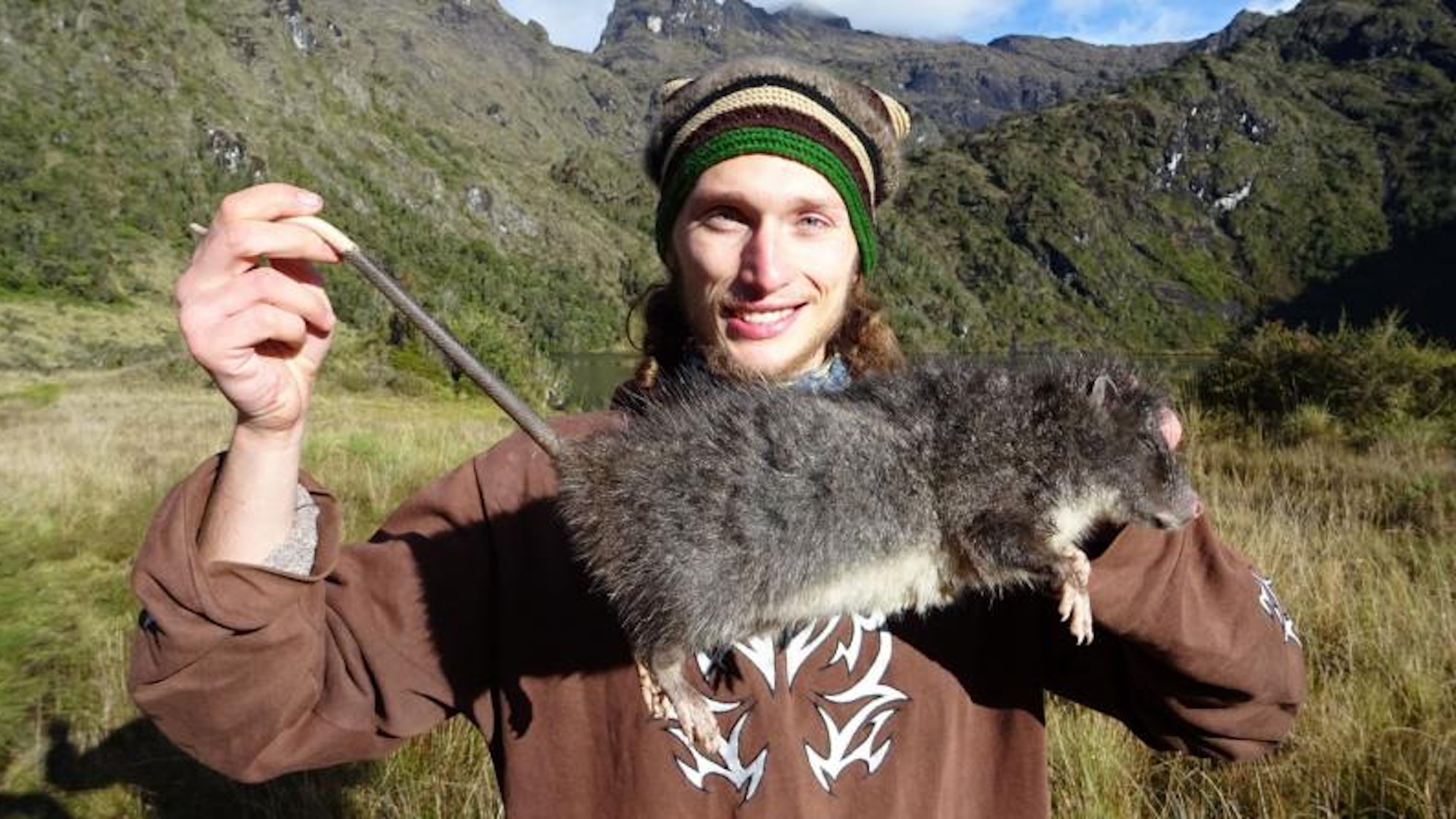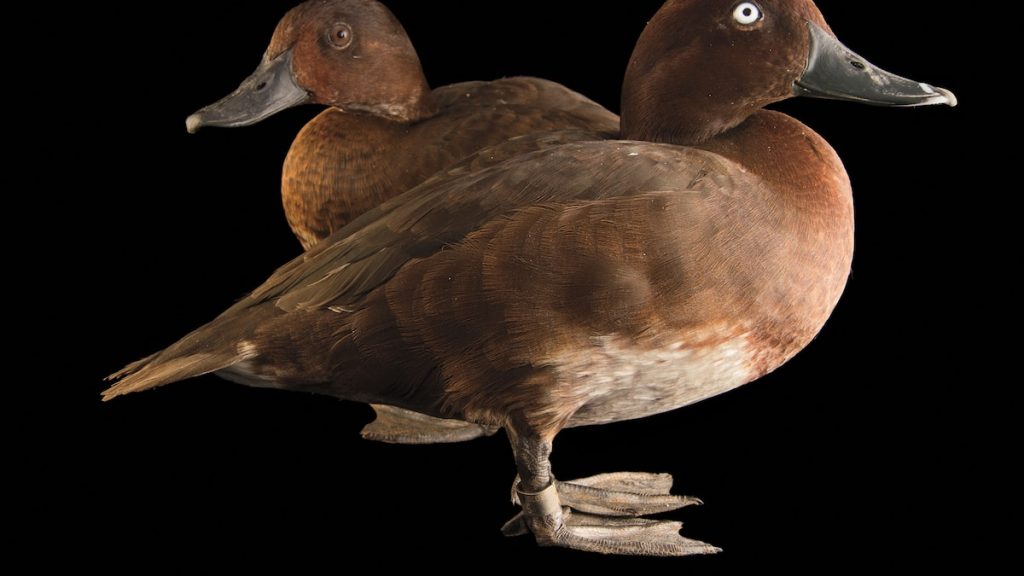Now Reading: Rare Woolly Rat Captured on Camera for the First Time
-
01
Rare Woolly Rat Captured on Camera for the First Time
Rare Woolly Rat Captured on Camera for the First Time

Quick Summary
- Teh elusive subalpine woolly rat of New Guinea,Mallomys istapantap,has been photographed and documented for the frist time after 30 years.
- Czech Academy of Sciences researcher František Vejmělka coordinated with indigenous hunters near Mount Wilhelm (Papua New Guinea’s highest peak) to locate and study the rodent.
- The nocturnal woolly rat lives at elevations of ~12,000 feet, burrowing underground or residing in tree canopies during the day. It feeds on plant matter at night.
- Characteristics: about 2.78 feet long (including its tail), weighing ~4.4 lbs,with thick fur and 3-inch paws.
- Vejmělka’s survey also identified genetic data from 61 other non-flying rodent and marsupial species in the region.
- Biodiversity in tropical Australasian regions remains understudied compared to Africa, Americas, or Southeast Asia; indigenous collaborations are key for conservation efforts related to such discoveries.
!Man holding woolly rat out for camera
The rodent was found near New Guinea’s mount Wilhelm. credit: František Vejmělka
!Black-and-white trap camera image
Trap camera used near Mount Wilhelm detected woolly rats. Credit: František Vejmělka
!Rainforest area with stream
Video footage captured near this rainforest location where biodiversity surveys occurred. Credit: František Vejmělka
Indian Opinion Analysis
the rediscovery of Mallomys istapantap, an enigmatic mammal largely unstudied since its last sighting three decades ago, underscores a broader scientific challenge-underrepresentation of Australasian biodiversity research compared to other tropical regions worldwide. While there is no Indian connection mentioned directly in this discovery process itself,lessons learned from Papua New Guinea’s collaborative model involving indigenous tribes are highly applicable within India’s conservational framework-especially given India’s rich tribal knowledge systems and diverse ecosystems across Himalayas or western Ghats regions.
For Indian conservation efforts grappling with habitat loss due to modernization pressures on endemic flora/fauna population stability-the integration between scientific expertise alongside such tribe-centric preservation approaches may prove both highly ethical & practical moving forward aligning global interests here forthcoming massive context worldwide! By strengthening similar engagements fostering pioneering specialized involvements universally ecosystem discovery-driven allies hugely impacted collaborate restructuring broader scale transformative significances!


























